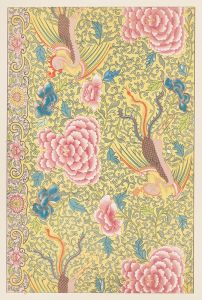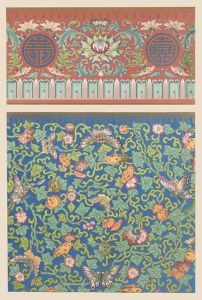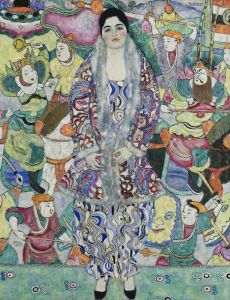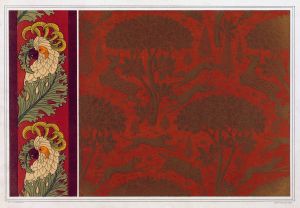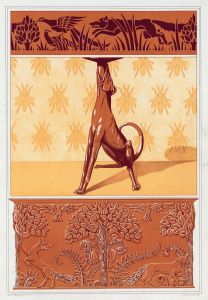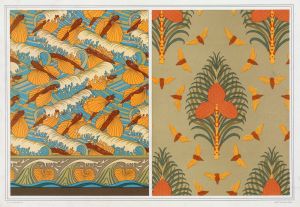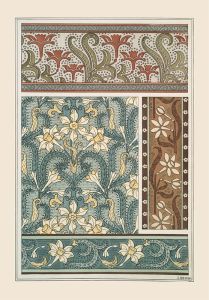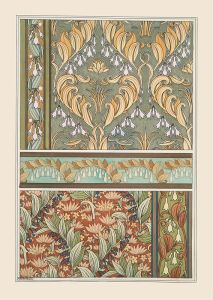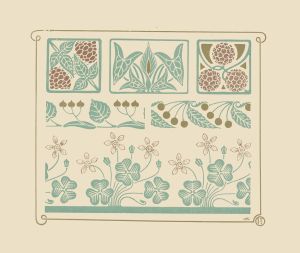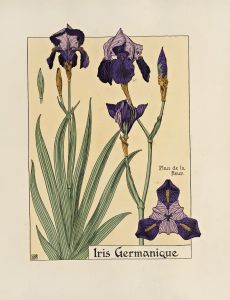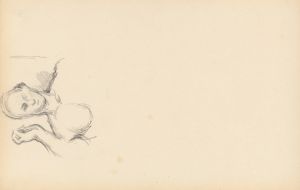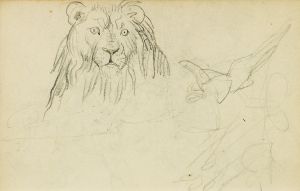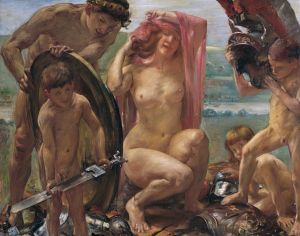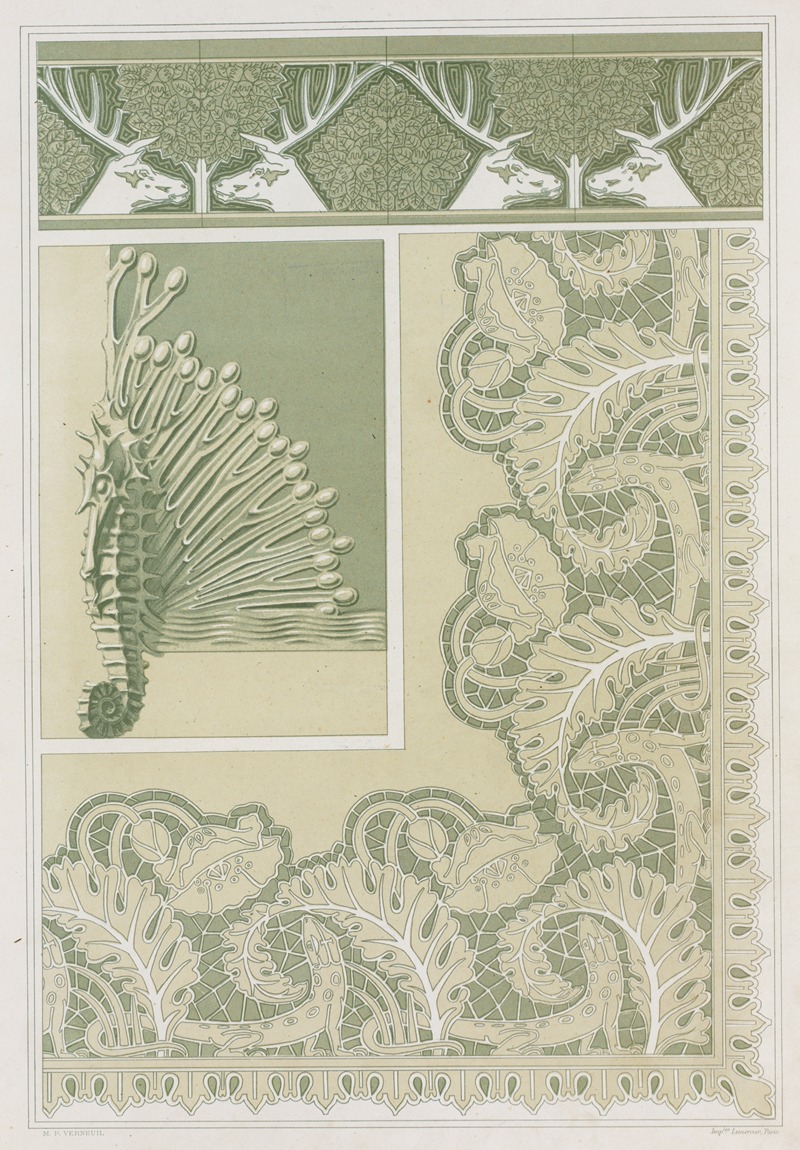
Cerfs et noisetiers, bordure, carreaux céramiques; hippocampe et algues, pied de coffret, bronze; lézards et pavots, broderie
A hand-painted replica of Maurice Pillard Verneuil’s masterpiece Cerfs et noisetiers, bordure, carreaux céramiques; hippocampe et algues, pied de coffret, bronze; lézards et pavots, broderie, meticulously crafted by professional artists to capture the true essence of the original. Each piece is created with museum-quality canvas and rare mineral pigments, carefully painted by experienced artists with delicate brushstrokes and rich, layered colors to perfectly recreate the texture of the original artwork. Unlike machine-printed reproductions, this hand-painted version brings the painting to life, infused with the artist’s emotions and skill in every stroke. Whether for personal collection or home decoration, it instantly elevates the artistic atmosphere of any space.
Maurice Pillard Verneuil was a prominent French artist and designer known for his contributions to the Art Nouveau movement. His work often featured intricate designs inspired by nature, and he was skilled in various mediums, including ceramics, bronze, and textiles. Among his notable creations are "Cerfs et noisetiers, bordure, carreaux céramiques," "hippocampe et algues, pied de coffret, bronze," and "lézards et pavots, broderie."
"Cerfs et noisetiers, bordure, carreaux céramiques" translates to "Deer and Hazelnuts, Border, Ceramic Tiles." This piece exemplifies Verneuil's ability to blend natural motifs with decorative arts. The depiction of deer and hazelnuts is characteristic of the Art Nouveau style, which often incorporates elements from the natural world into its designs. The use of ceramic tiles suggests that this work was likely intended for architectural decoration, possibly as a frieze or border in a building. The choice of subject matter reflects a common theme in Verneuil's work: the harmonious relationship between flora and fauna.
The second piece, "hippocampe et algues, pied de coffret, bronze," or "Seahorse and Seaweed, Foot of a Box, Bronze," showcases Verneuil's talent in metalwork. The use of bronze indicates a level of sophistication and durability, suitable for decorative objects such as boxes or small furniture pieces. The seahorse and seaweed motifs are emblematic of Verneuil's fascination with marine life, a theme that recurs in many Art Nouveau designs. This piece would have been both functional and decorative, serving as a testament to the era's appreciation for beauty in everyday objects.
"Lézards et pavots, broderie," meaning "Lizards and Poppies, Embroidery," highlights Verneuil's expertise in textile design. The combination of lizards and poppies is a vivid example of his ability to merge different elements of nature into a cohesive design. Embroidery as a medium allows for intricate detailing, which Verneuil likely used to emphasize the textures and forms of the lizards and poppies. This work would have been suitable for use in fashion or interior decoration, aligning with the Art Nouveau movement's emphasis on integrating art into all aspects of life.
Maurice Pillard Verneuil's work is characterized by its detailed and stylized representations of natural elements. His contributions to the Art Nouveau movement are significant, as he helped to popularize the use of organic forms and motifs in decorative arts. Verneuil's designs continue to be celebrated for their beauty and craftsmanship, reflecting the era's desire to bring art into everyday environments. His legacy is evident in the continued appreciation and study of Art Nouveau, where his works remain a source of inspiration for artists and designers.





